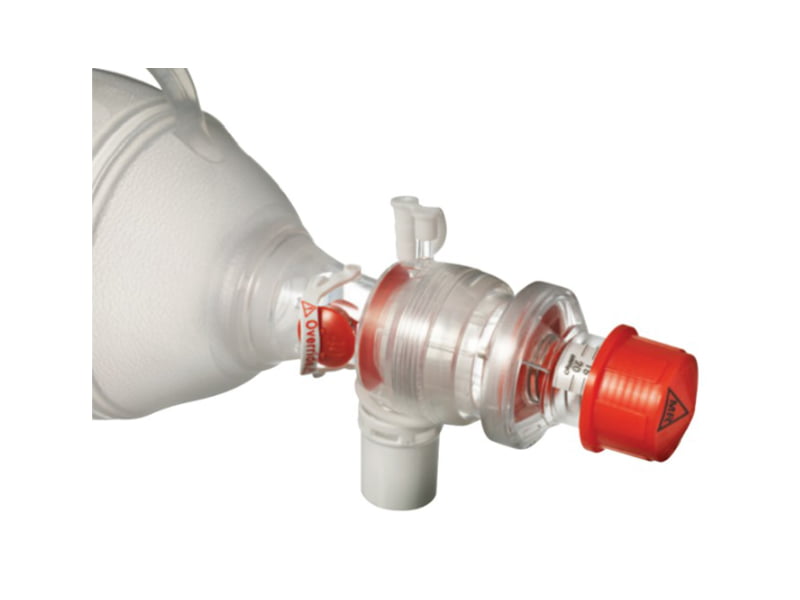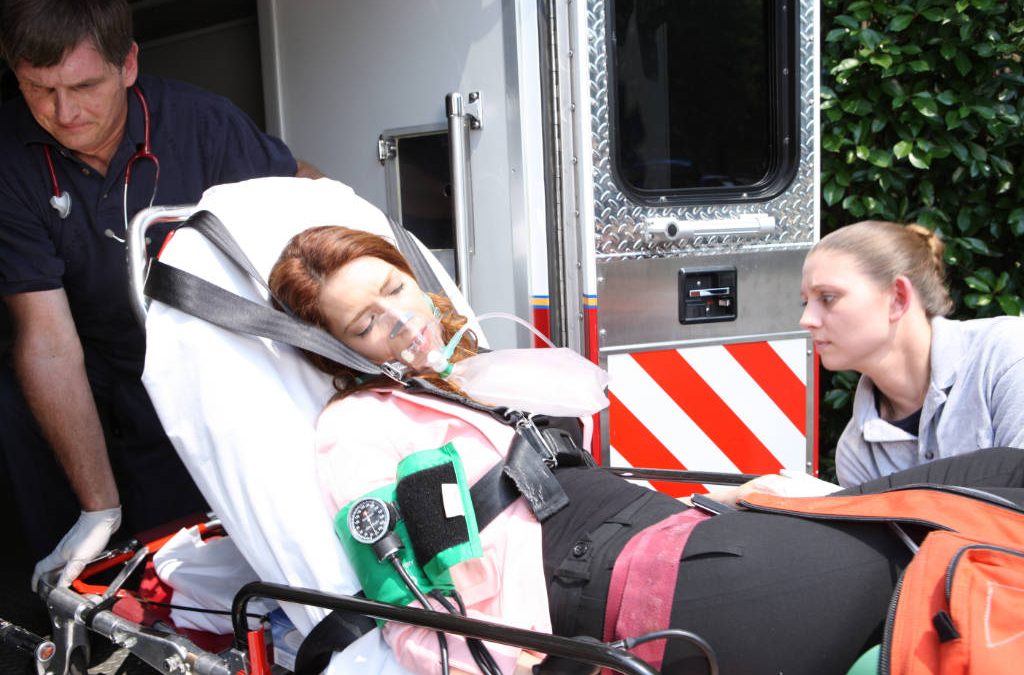
Why PEEP?
Use of Positive End Expiratory Pressure should be considered for any patient who requires mechanical ventilation, including those in cardiac arrest.

Use of Positive End Expiratory Pressure should be considered for any patient who requires mechanical ventilation, including those in cardiac arrest.

Dr. Marvin A. Wayne on why we do not use the measurement of end-tidal carbon dioxide to its full potential.

This article will discuss the prehospital management of COVID-19 respiratory symptoms.

Typically, patients with emphysema have good lung compliance but exhibit poor lung elastance.

Given the overwhelming evidence of improved outcomes, prehospital CPAP belongs in every EMS toolbox.

This paper provides an overview of pulmonary hypertension in the prehospital setting, including pathophysiology and identification.
Recent Comments